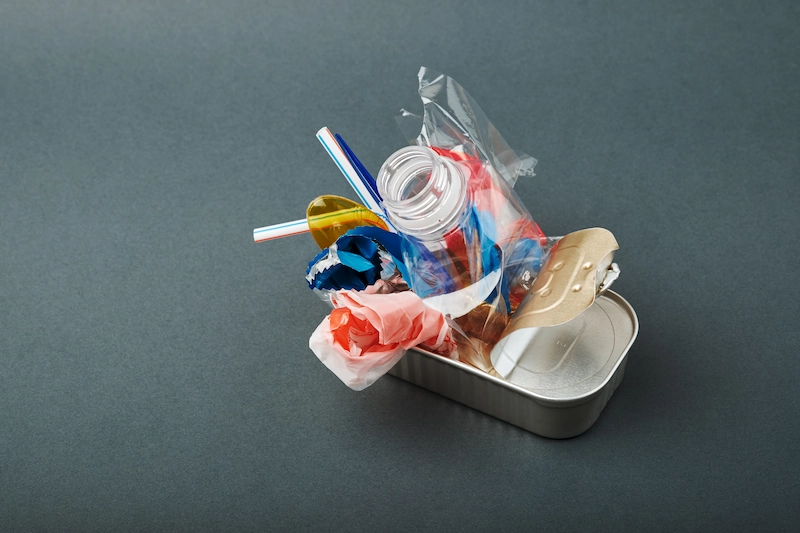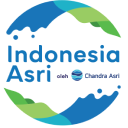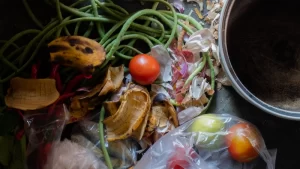Table of Contents
Waste is a topic that continues to be widely discussed and requires special attention from various parties. Nowadays, many people, especially youth, are more conscious about environmental issues.
It’s important to note that in daily life, people will inevitably generate waste, both from activities inside and outside the home.
Then, where does this waste come from? Below are the statistics about trash in Indonesia based on its sources that every Warga Asri should know!
Statistics of Trash in Indonesia Based on Its Sources
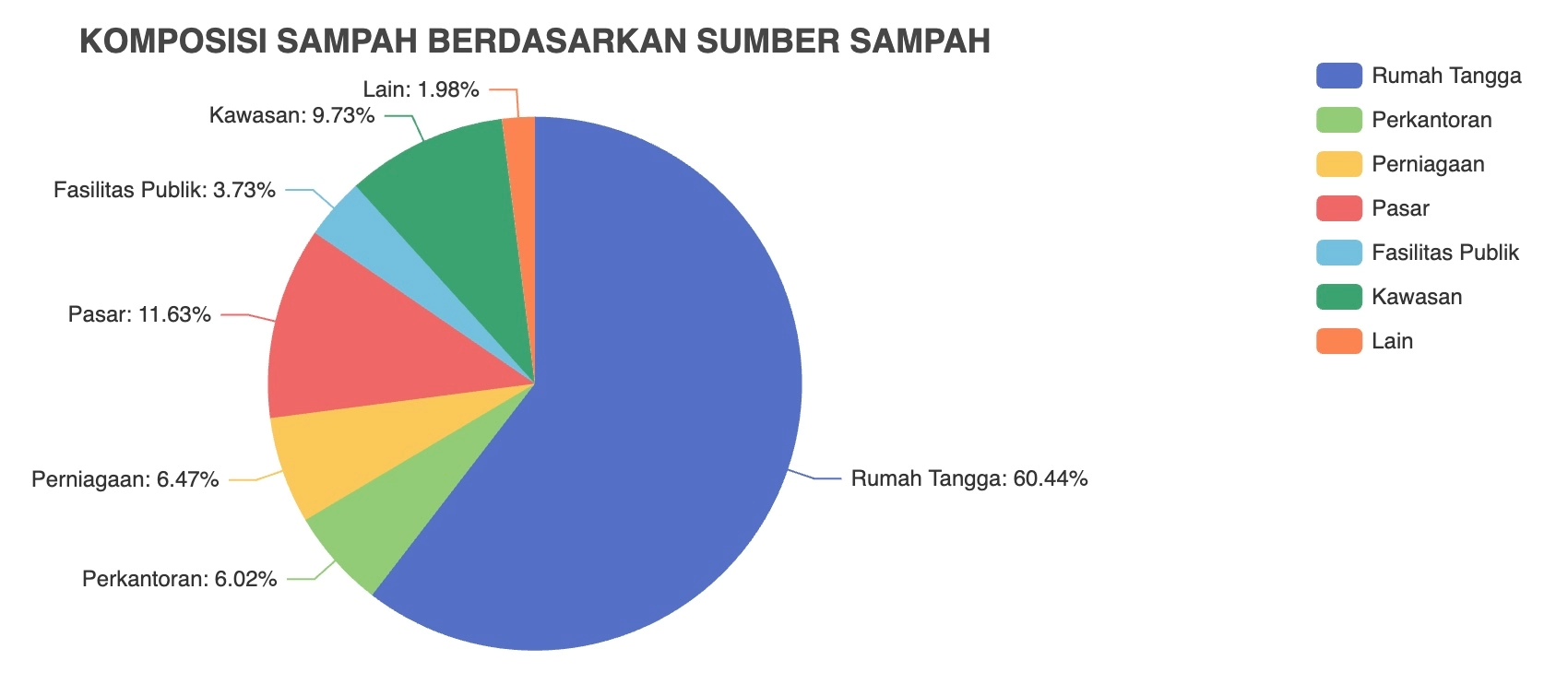
One of the largest contributors to waste comes from household activities. According to Sistem Informasi Pengelolaan Sampah Nasional (SIPSN) Kementerian Lingkungan Hidup dan Kehutanan (KLHK), in 2023, there are 60.44% of waste comes from household activities, followed by 11.63% from market activities.
Additionally, it is important to note that every human activity produces both organic and inorganic waste. To learn about the composition of waste types commonly found in the surrounding environment, see the data below.
Statistics of Trash in Indonesia Based on Its Types
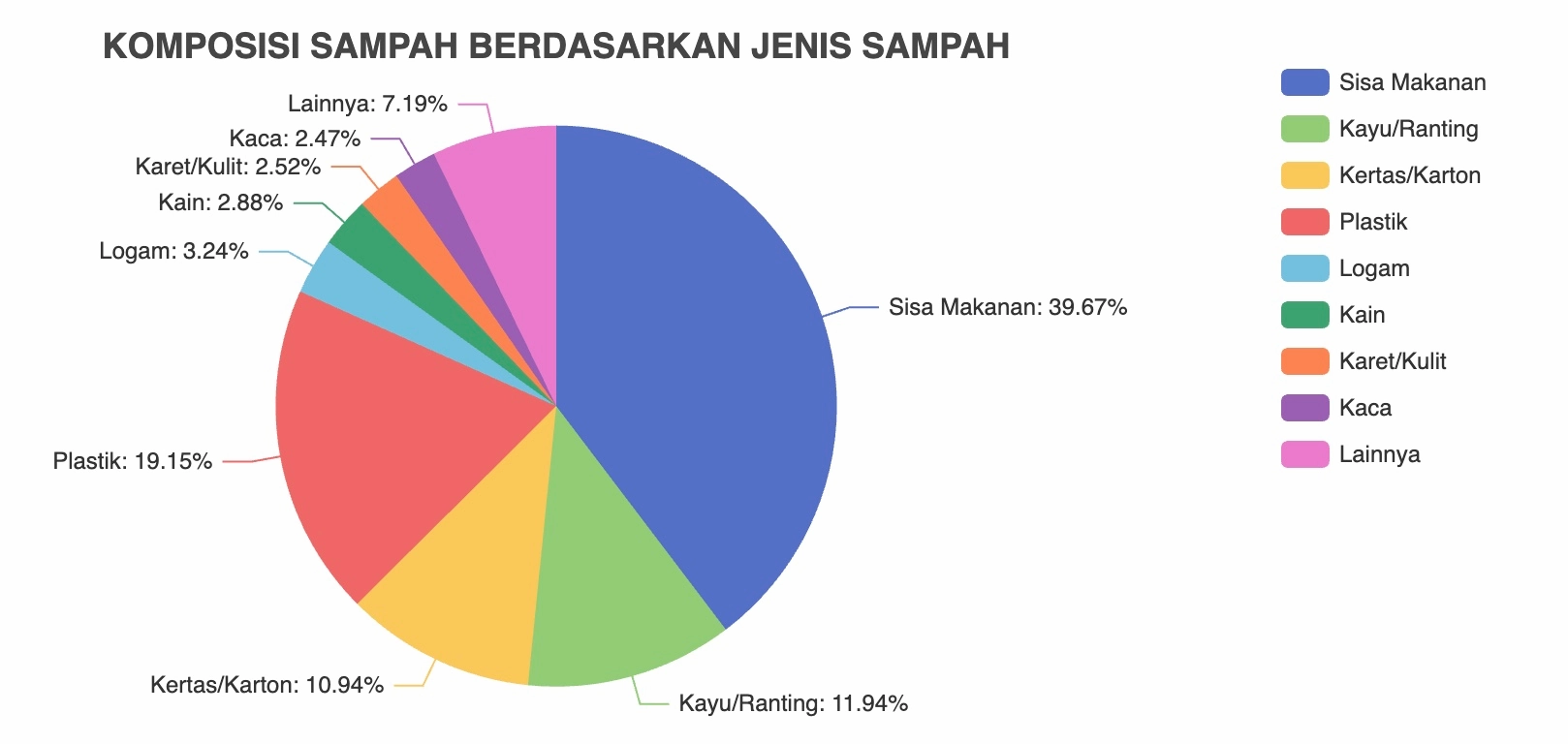
According to the statistics revealed by Sistem Informasi Pengelolaan Sampah Nasional (SIPSN) Kementerian Lingkungan Hidup dan Kehutanan (KLHK) in 2023, food waste in Indonesia contributed 39.67% of the overall waste.
Yet, can these types of waste be utilized? Yes, certainly! There are several types of waste that you can manage. Here, you will learn how to utilize and repurpose them based on the type of waste.
Read also: Understanding Types of Waste and Their Classifications
How to Utilize Each Type of Waste in Indonesia
Organic and inorganic waste offer numerous benefits and can be a valuable source of income, especially when processed effectively.
Not only that, waste management can also minimize the amount of waste in landfills. Here are how you can utilize several waste types, from food waste to plastic waste in Indonesia:
1. Food Waste

Food waste, such as rotten fruits and vegetables, falls under the category of organic waste. This type of waste can be processed into compost, an organic fertilizer for plants. There are several methods you can use to process food waste, such as using a composter, biopore infiltration holes, and the takura method.
2. Wood or Twigs

In addition to food waste, wood and twigs are among the biggest contributors to waste in Indonesia. However, you don’t need to worry because this type of waste can be transformed into various useful and valuable items.
For example, you can turn wood or twig waste into unique home decor, e.g. photo frames, bookshelves, pot holders, or small storage for accessories.
Beyond that, this type of waste can also be used to make wood pellets for biomass energy, a new type of environmentally friendly alternative fuel.
3. Paper or Cardboard

Despite being one of the most common trash in Indonesia, people still often underestimate the impact of this waste. In general, paper or cardboard waste comes from industrial activities or domestic use.
However, this type of waste can still be repurposed in many ways. For example, it can be transformed into room decorations like miniature houses, tissue holders, multifunctional baskets, or even wallets and clothing.
Through these various uses, what was once considered waste can now become valuable items with higher worth.
4. Metal
Have you ever thought about turning metal waste into valuable products? If not, then it’s time to start thinking about it. Metal waste can be repurposed in many ways to create highly valuable items.
For instance, you can transform metal waste into jewelry, e.g. rings, necklaces, earrings, and bracelets. If you’re into miniatures, you can even craft metal waste into tiny models to decorate your rooms.
Read also: What Is Organic Waste? Find Out the Types and Benefits!
5. Fabric

If Warga Asri has some unused fabric or leftover industrial fabric, please don’t directly throw it away. Instead, you can transform fabric waste into various useful and profitable items, such as keychains or dolls.
6. Rubber or Leather
There are many innovative ways to repurpose rubber or leather waste, especially by transforming it into a variety of practical and stylish items.
For example, rubber waste can be used to create eco-friendly briquettes or biofuels. Additionally, you can also transform it into beautiful bags, shoes, and even jewelry.
7. Glass
Glass is one of the most common types of waste in Indonesia that you must have frequently encountered daily. To utilize this type of waste, Warga Asri can turn glass waste into valuable items, such as telescopes, decorative ornaments, and even household furniture.
8. Plastic
Are you aware that plastic is an inorganic waste that is deeply ingrained in our daily lives? Common items like drinking bottles, shopping bags, and some automotive tools are just a few examples.
This type of waste, which we encounter every day, can be recycled into valuable and useful products, as demonstrated by the Chandra Asri Group.
Chandra Asri Group has successfully transformed plastic waste into beneficial products, such as high-quality asphalt.

Using plastic waste to produce asphalt has been shown to improve road stability by up to 40%. Most importantly, this asphalt has already been used on over 120 kilometers of roads throughout Indonesia.
Now that Warga Asri knows where the waste in Indonesia comes from and which types are most commonly found, it’s time for you to get involved. You can participate in various Aksi Asri and contribute to making Indonesia greener.
To get started, sign up now as Warga Asri and join all the programs for a greener Indonesia with Indonesia Asri!
Read also: What Is Inorganic Waste? Learn Its Types and Examples Here!



